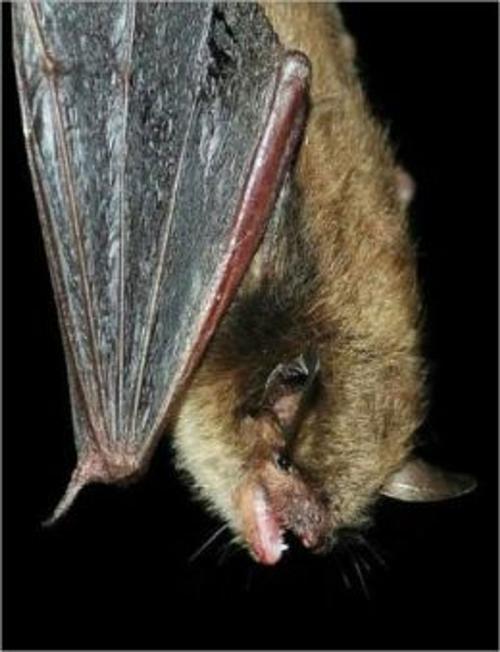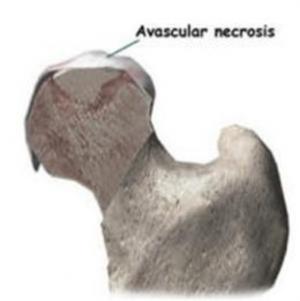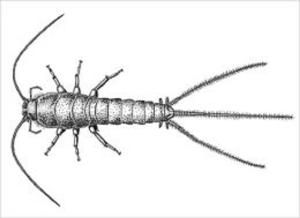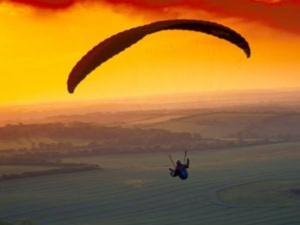A Quick and Easy Guide on How to Get Rid of Bats
Nonfiction, Home & Garden, The Home, Outdoor & Recreational Areas, Do It Yourself| Author: | Jared Cain | ISBN: | 1230000107733 |
| Publisher: | Axel Publishing | Publication: | February 18, 2013 |
| Imprint: | Language: | English |
| Author: | Jared Cain |
| ISBN: | 1230000107733 |
| Publisher: | Axel Publishing |
| Publication: | February 18, 2013 |
| Imprint: | |
| Language: | English |
A Quick and Easy Guide on How to Get Rid of Bats
Bats are flying mammals in the order Chiroptera (pronounced /kaɪˈrɒptərə/). The forelimbs of bats are webbed and developed as wings, making them the only mammals naturally capable of true and sustained flight. By contrast, other mammals said to fly, such as flying squirrels, gliding possums and colugos, glide rather than fly, and can only glide for short distances. Bats do not flap their entire forelimbs, as birds do, but instead flap their spread out digits, which are very long and covered with a thin membrane or patagium. Chiroptera comes from two Greek words, cheir (χείρ) "hand" and pteron (πτερόν) "wing."
There are about 1,240 bat species worldwide, which represent about twenty percent of all classified mammal species. About seventy percent of bats are insectivores. Most of the rest are frugivores, or fruit eaters. A few species such as the Fish-eating Bat feed from animals other than insects, with the vampire bats being the only mammalian parasite species. Bats are present throughout most of the world and perform vital ecological roles such as pollinating flowers and dispersing fruit seeds. Many tropical plant species depend entirely on bats for the distribution of their seeds.
The smallest bat is the Kitti's Hog-nosed Bat, measuring 29–34 mm (1.14–1.34 in) in length, 15 cm (5.91 in) across the wings and 2–2.6 g (0.07–0.09 oz) in mass. It is also arguably the smallest extant species of mammal, with the Etruscan shrew being the other contender.[citation needed] The largest species of bat is the Giant Golden-crowned Flying-fox, which is 336–343 mm (13.23–13.50 in) long, has a wingspan of 1.5 m (4 ft 11 in) and weighs approximately 1.1–1.2 kg (2–3 lb).
Scroll up... and click on "Buy Now" to deliver almost instantly to your Kobo or other reading device.
A Quick and Easy Guide on How to Get Rid of Bats
Bats are flying mammals in the order Chiroptera (pronounced /kaɪˈrɒptərə/). The forelimbs of bats are webbed and developed as wings, making them the only mammals naturally capable of true and sustained flight. By contrast, other mammals said to fly, such as flying squirrels, gliding possums and colugos, glide rather than fly, and can only glide for short distances. Bats do not flap their entire forelimbs, as birds do, but instead flap their spread out digits, which are very long and covered with a thin membrane or patagium. Chiroptera comes from two Greek words, cheir (χείρ) "hand" and pteron (πτερόν) "wing."
There are about 1,240 bat species worldwide, which represent about twenty percent of all classified mammal species. About seventy percent of bats are insectivores. Most of the rest are frugivores, or fruit eaters. A few species such as the Fish-eating Bat feed from animals other than insects, with the vampire bats being the only mammalian parasite species. Bats are present throughout most of the world and perform vital ecological roles such as pollinating flowers and dispersing fruit seeds. Many tropical plant species depend entirely on bats for the distribution of their seeds.
The smallest bat is the Kitti's Hog-nosed Bat, measuring 29–34 mm (1.14–1.34 in) in length, 15 cm (5.91 in) across the wings and 2–2.6 g (0.07–0.09 oz) in mass. It is also arguably the smallest extant species of mammal, with the Etruscan shrew being the other contender.[citation needed] The largest species of bat is the Giant Golden-crowned Flying-fox, which is 336–343 mm (13.23–13.50 in) long, has a wingspan of 1.5 m (4 ft 11 in) and weighs approximately 1.1–1.2 kg (2–3 lb).
Scroll up... and click on "Buy Now" to deliver almost instantly to your Kobo or other reading device.















